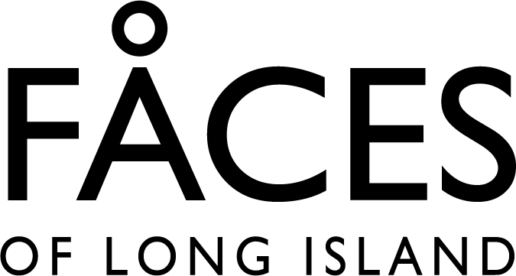‘I was playing sports but quietly studying, practicing and playing chess and falling in love with the game.’
Russell Makofsky, Mastic Beach
“I grew up in Mastic Beach, and went to Tangier [Smith] Elementary [School], where I first brought my chess board to school. There wasn’t a big chess community there, but I found a couple of people who liked the game so that’s where I first played. I also played varsity tennis, basketball and cross-country, but chess was not something that really came up in day-to-day life growing up where I lived.
“I remember watching ‘Searching for Bobby Fischer’ as a kid, seeing the images of Josh Waitzkin playing in Washington Square Park, and it captivated me. My grandmother was an avid player, and she bought me my first chess board when I was 7 years old.
“My other family members don’t play, but there was something inside of me that became a lifelong passion. My father would drive me into the city to Washington Square Park so I could play chess there like in the film, and that was everything to me. I was playing sports but quietly studying, practicing and playing chess and falling in love with the game.
“I was self-taught; I used the book ‘Bobby Fischer Teaches Chess.’ There weren’t many people around me who played chess, but I got a board in front of anyone I could. I did find a few people to play with as I grew up and ended up becoming a pretty competitive player. Even when I’d go into the city to play, I’d do fairly well.
“When I moved to Montreal for college, I would play chess there in the cafes late into the night, where students would congregate. There was sort of a subculture there for students who played chess, and I was a part of that. I attended Concordia [University], an English-speaking college, and never learned French, but I would play chess against people who didn’t speak English and it wasn’t important, because chess formed a bridge; you don’t communicate, you just shake hands and then play, and enjoy the experience.”
While I was coaching basketball, some parents had asked if there was anyone teaching chess.
“I graduated with a bachelor’s of commerce [degree] from the John Molson School of Business, and I had played varsity basketball for the college, which led to me getting involved with coaching youth basketball at a middle school. It was from that I learned about becoming an educator and a coach, which was a gateway to becoming a chess educator.
“When I moved back to New York in 2007, I started working at a Manhattan brokerage firm. I had thought that was what I wanted to do, but I found my heart was crushed. I dreaded waking up every morning. However, the financial crisis hit around that time, so I felt it was the time to make a career shift. I started coaching basketball in Manhattan school programs, and all the while, I was playing chess on the streets. I would play at 112th Street and Broadway, where college students, artists, all sorts of people would also come to play.
“At the same time, while I was coaching basketball, some parents had asked if there was anyone teaching chess. It helped me realize there was a need for a youth chess program, so I started my own chess coaching business in 2008. I’ve been coaching as a part of the NYC school system ever since.
“Then, in 2020, I founded The Gift of Chess when the pandemic shut schools down. In-person teaching collapsed, and we were forced to teach virtually. I found that the chess community we had been building began to fray, as the connection through virtual instruction was not the same. This led me to an idea of giving the gift of chess, by buying thousands of chess sets and then giving one to every city student I had been teaching, with the goal of refocusing and reconnecting them with chess.”
I’ve donated thousands of chess sets across the U.S. already, and I’d be happy to make donations to Long Island school districts so they can start chess clubs and programs.
“The move gained media attention, and a law firm asked me if we’d like to become an official charity, so The Gift of Chess became a nonprofit. My work also gained the attention of someone else who had been giving out chess sets across the world, and he asked me if I would like to go to Africa to give some. So, a year later, we flew chess sets to African countries, and the response was so great we came back three months later with more chess sets.
“The demand was incredible and, eventually, we brought 50,000 more sets back, reaching about 50 different countries, giving about 1,000 sets to each, and then helped them create their own chess communities. In effect, we’re helping create critical thinkers around the world. We’re also making change, because by doing this, they’re using chess as an opportunity to educate.
“I don’t live in Mastic Beach anymore, but I’m still a big fan of Wiliam Floyd High School sports and keep tabs on the teams. I’m proud of where I come from. I’ve donated thousands of chess sets across the U.S. already, and I’d be happy to make donations to Long Island school districts so they can start chess clubs and programs.
“There’s a mantra I put on the backs of the T-shirts we give out that says, ‘It is possible to do great things from a small place.’ I’ll always see myself as an underdog from Mastic Beach who dreams big, and I believe that if you do the work and put your heart into something, you can always grow beyond where you started.”
Interviewed by Ian J. Stark
